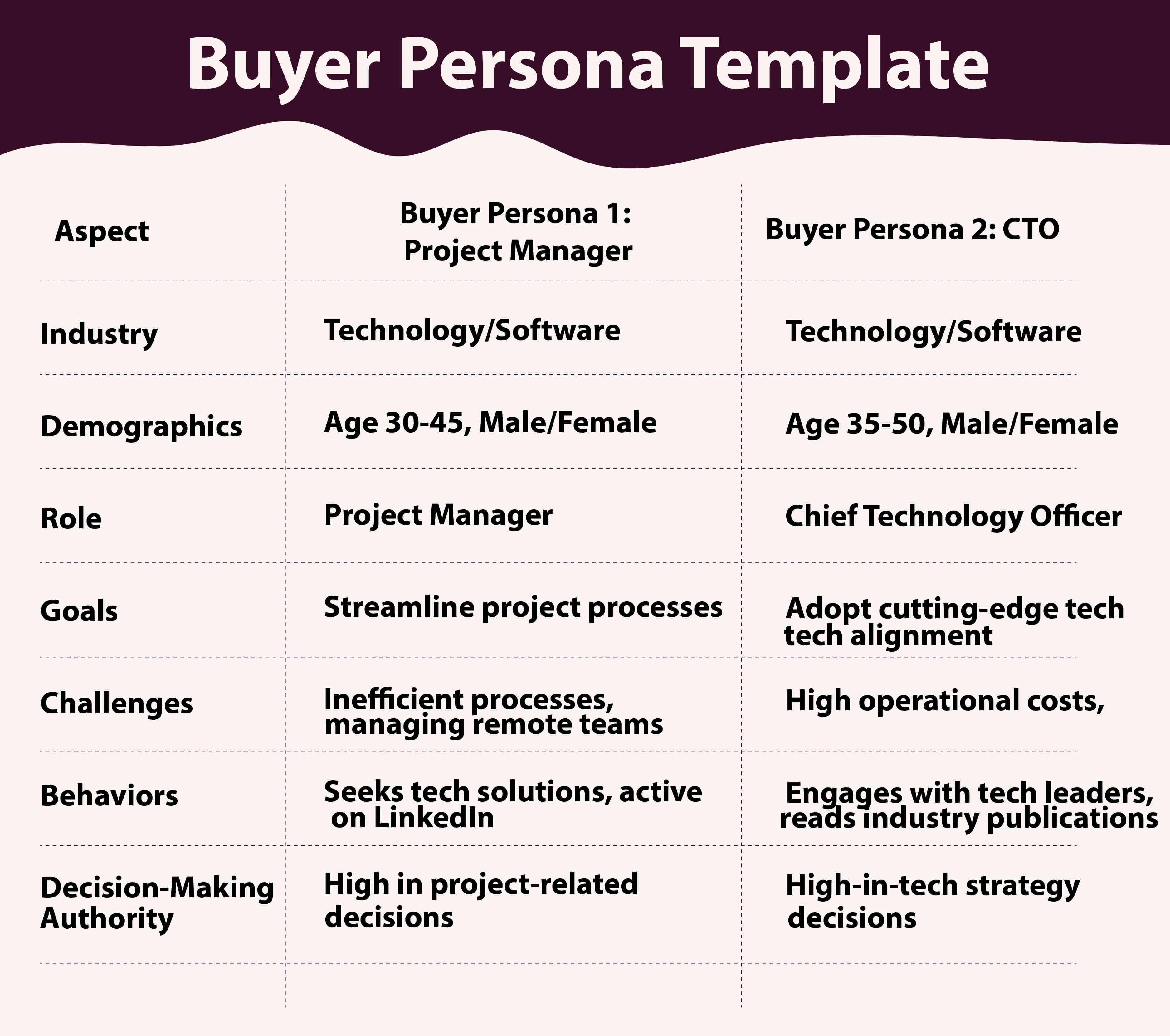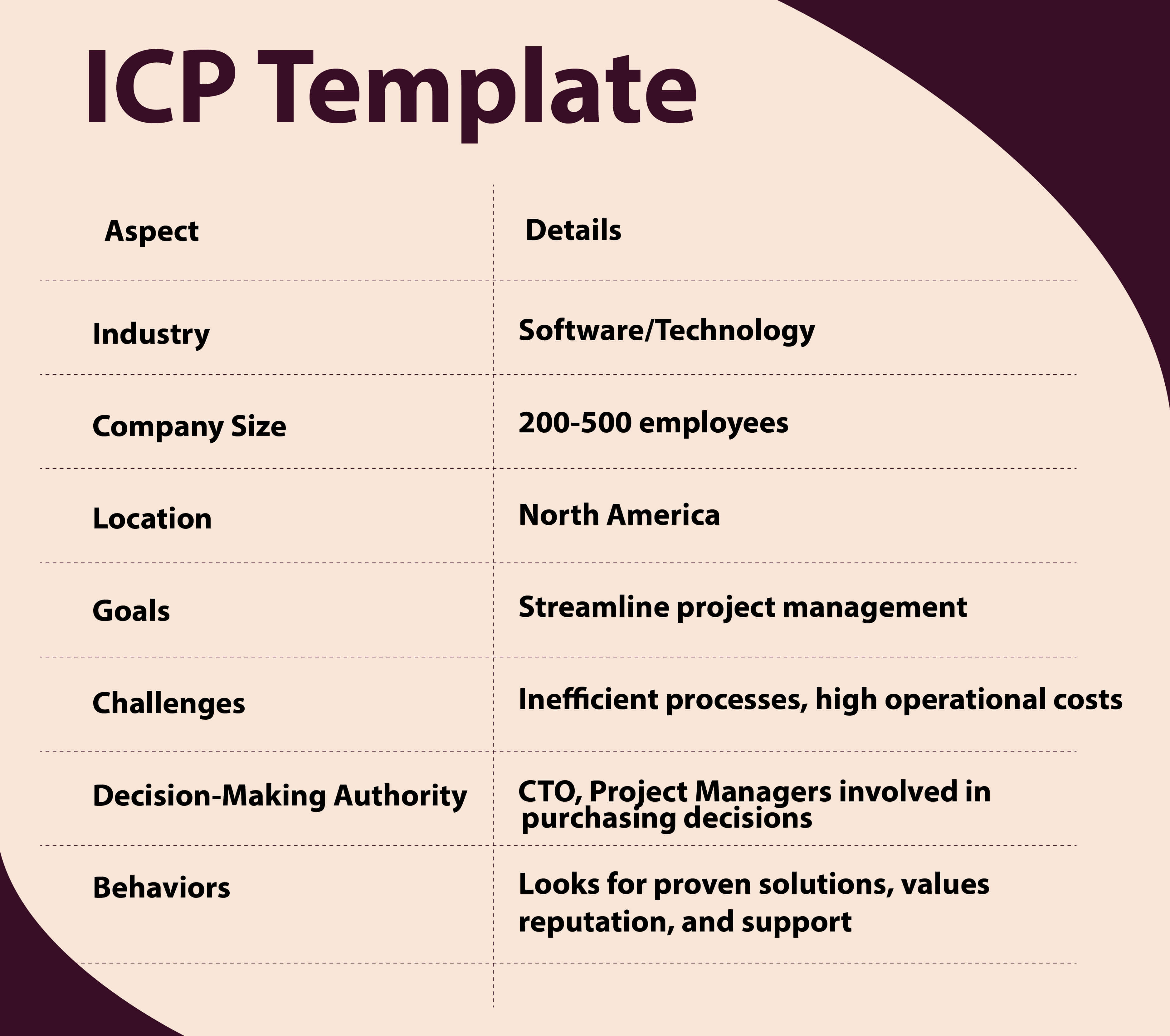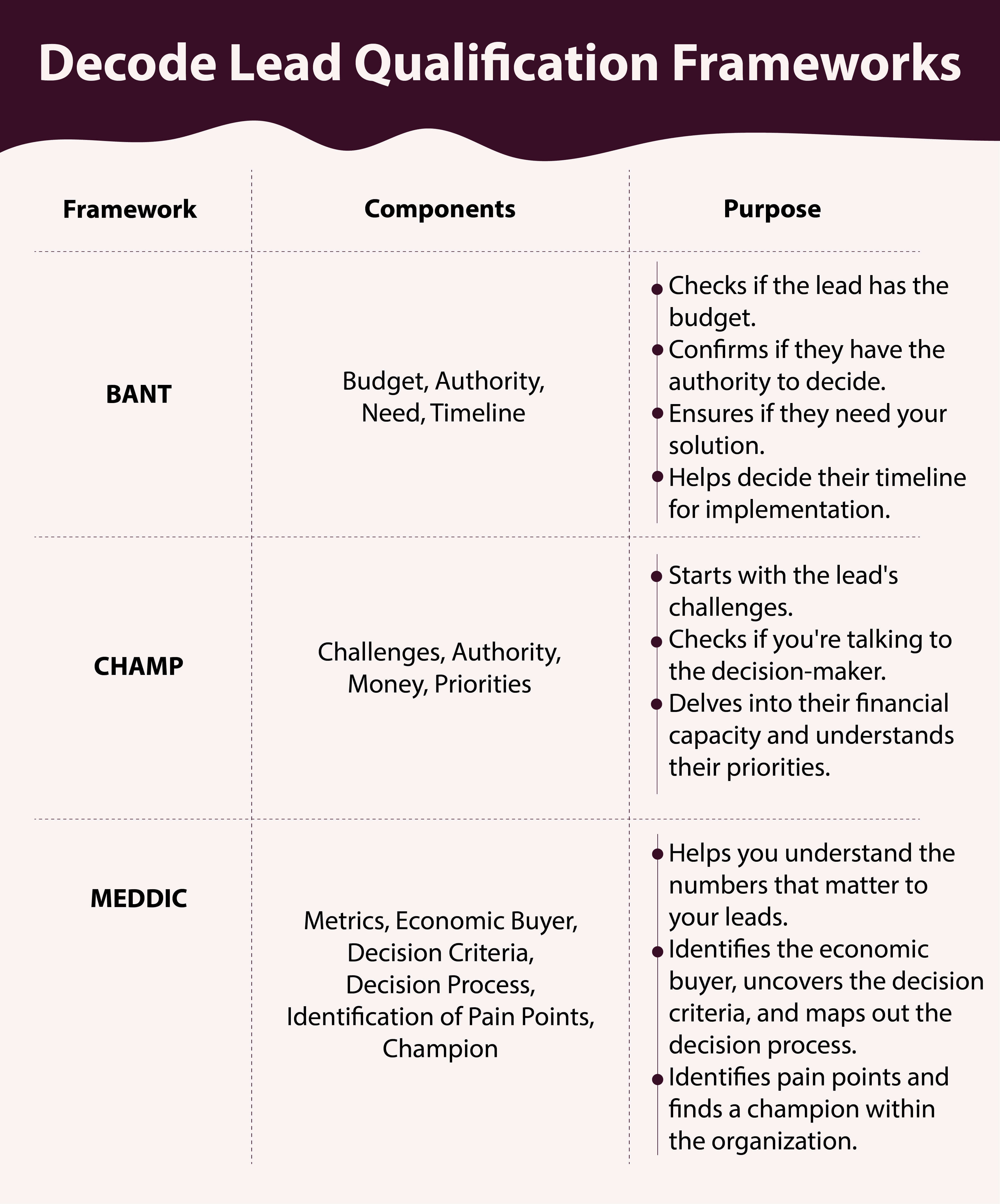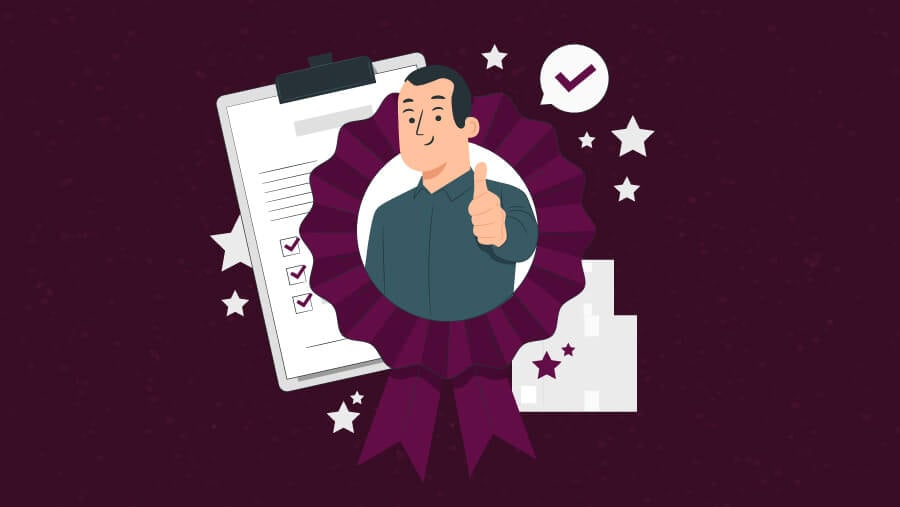
Find Your Dream Customer: The Outbound Lead Gen GOLDMINE!
Are you tired of pouring energy into lead generation with little to show for it? We know the frustration of sifting through endless lists – only to engage with leads that never convert.
Why does this happen? Outbound lead generation is often elusive, and it’s challenging to pinpoint the ideal target audience.
At the same time, precious hours are lost on leads that lack the right fit or intent. Moreover, the need to craft messages that captivate potential clients adds another layer of complexity.
This is where the concept of creating ideal customer profiles (ICP) comes in. Companies with a well-defined ICP can increase their account win rates by up to 68%.
This blog post will take you through our roadmap to uncover your dream customer. It will lay the groundwork for a lead generation strategy that captures interest and drives conversions.
How to Locate Your Ideal Customer Via Outbound Lead Generation?
Let's dive into how you can pinpoint your dream client through outbound lead generation:
1. Craft Buyer Personas and ICPs
First, let's understand who you're trying to reach. Imagine creating a character for a novel; you do this when you develop buyer personas. These personas are composite sketches of your ideal customers, drawn from:
- Demographics
- Behaviors
- Motivations
– Helping you visualize who you are talking to in your campaigns.
Now, take this a step further with your ICP. It’s the exact type of company that would benefit most from your service or product. Here, you can consider aspects like their industry, size, and specific needs.
Why does this matter? Tailoring outbound marketing to these detailed profiles means your message resonates more deeply, leading to higher engagement and conversion rates.
How to Build Your ICP: A Practical Approach
Let's break this down:
A. Identify Key Characteristics:
- What industry does your ideal customer operate in?
- How big is their company?
- Where are they located?
These basic details form the backbone of your ICP.
B. Understand Their Needs:
You can make your offering irresistible by aligning your solution with their business goals and challenges.
C. Decipher Their Buying Behavior:
- How do they make purchasing decisions?
- Who’s involved in the process?
Knowing this helps tailor your pitch to hit all the right notes.
D. Analyze Their Firmographics:
Get a feel for their financial health, growth phase, and organizational structure to better understand their capacity and readiness for your solution.
Check out these templates for a B2B technology firm:


2. Master Lead Scoring and Qualification Frameworks
Let’s break this down:
A. Prioritize Your Leads
Imagine you have a basket of leads; not all are ripe for the picking. This is where lead scoring comes into play. It assigns a numerical value to each lead based on how well it aligns with your ICP.
The higher the score, the better the fit, and the more priority you give them in your outreach efforts.
B. Decode Lead Qualification Frameworks
They are the game's rules in prioritizing leads. These frameworks guide your sales journey, ensuring you're heading in the right direction. Here are the primary types of lead qualification models:

C. Align Lead Scoring with Your ICP
Finally, you must ensure the prioritized leads resonate most with your ICP. Your scoring system should act like a filter, sifting through the prospects to find those that mirror the characteristics of your ideal customer.
3. Utilize Market Research and Data Analytics
You must make sense of your data to sharpen your targeting and strategy. The more you know about the market and your competitors, the better you can tailor your approach to meet the needs of your ideal customer segments.
How to Gather and Analyze Data
Here’s how you can get your hands on that valuable data:
- Market Research Surveys: Don't just guess what your customers want. Ask them through surveys to get a clear view of their desires and needs.
- Industry Reports: These are goldmines of information on market trends and what your competitors are up to. Dive into these reports to get the lay of the land.
- Website Traffic Data: Your website analytics can tell you the following:
- Who's visiting your site
- What they're looking at and how they interact with your content
Use this to understand who your audience is and what they’re looking for.
- Social Media Listening: Use listening tools to track conversations about your industry, identify trends, and pinpoint customer pain points.
Next, use tools like Business Intelligence (BI) and data visualization to make sense of all this data. They can analyze customer information and spot trends or patterns. These tools are essential for making informed decisions based on your data.
4. Leverage Technology for Enhanced Targeting
You should use the right tools to make your outreach effective. Here’s how:
A. Streamline with CRM and Marketing Automation
These tools do more than simply organize your customer information. They let you track and analyze every interaction, behavior, and response related to your outbound efforts. It means you can see what’s working (and what’s not) and adjust your strategies in real-time.
B. Get Personal with Technology
With the data from your CRM and marketing tools, you can start personalizing at a whole new level:
- Emails That Get Opened: Use what you know about your leads to personalize subject lines and content. Add their name, yes, but tailor the message to their specific interests and needs.
- Landing Pages That Convert: Customize your landing pages to reflect visitors' interests. If your data tells you a lead is interested in a specific product feature, highlight that feature prominently on the landing page they visit.
- Website Content That Engages: Dynamic content on your website can change based on who's viewing it. If a returning visitor has already downloaded a beginner's guide, offer them more advanced content the next time they visit.
5. Use Advanced Targeting Strategies
Let’s unpack how innovative tactics like Account Based Marketing (ABM) and predictive analytics can elevate your outbound lead generation.
A. Account Based Marketing
ABM is a strategic approach that flips traditional lead generation on its head. Here’s how it works:
- Hyper-targeting: Identify and focus on key accounts with the highest potential value for your business.
- Personalized Outreach: Craft messages and campaigns tailored to each account's specific needs and pain points, making your approach relevant and compelling.
- Multi-Channel Strategy: Engage with these high-value accounts across various channels like email, social media, and direct mail to ensure your message is heard.
B. Predictive Analytics
It uses historical data and machine learning to forecast which leads have the highest conversion potential. Hence, you can prioritize and tailor your outreach more effectively.
Integrate ABM and Predictive Analytics
Now, how do you fit these into your overall lead generation strategy? Here’s how:
- Strategic Alignment: ABM should be part of your broader lead generation strategy, not a standalone effort. It lets you focus intensely on the most promising accounts while your broader strategies cover the wider market.
- Data-Driven Decisions: Predictive analytics inform your ABM and general lead generation efforts. You can allocate resources more effectively by understanding which leads will most likely convert. It boosts your ABM campaigns and broader lead nurturing processes.
6. Integrate Techniques for Comprehensive Outbound Lead Generation
Integrating the above steps in outbound lead generation helps create a harmonious and effective marketing strategy. Let's explore how these components synchronize to form a comprehensive approach.
The Big Picture
- From Insights to Action: Buyer personas and lead scoring provides a deep understanding of your high-value leads, allowing you to effectively identify and prioritize them.
- Data-Driven Decisions: Market research and data analytics refine your understanding of target customer segments, enhancing the precision of your outbound messaging.
- Tech-Enabled Efficiency: Technology streamlines the lead nurturing process, particularly CRM and marketing automation platforms. It enables personalized outreach, making your efforts both efficient and impactful.
Tailoring Your Strategy
Crafting a strategy that resonates with your audience requires a detailed understanding of their needs and preferences. This can manifest in various forms:
- Email Campaigns: Use insights from buyer personas to create segmented email campaigns that speak directly to your target groups' different needs and interests.
- Social Media Engagement: Leverage analytics to understand which content performs best on different social media platforms, allowing you to engage more effectively with your audience.
- Direct Mail Pieces: For high-value prospects, create personalized direct mail pieces that address specific pain points or interests, enhancing the personal touch.
Conclusion
Embrace these strategies to supercharge your lead generation efforts. Assess your current approach and consider how integrating these methods can enhance your results. For expert guidance and a transformative strategy, turn to Revnew. We stand ready to help you unlock the full potential of your outbound marketing campaigns. Contact us now.




